Photo Gallery for Halysidota tessellaris - Banded Tussock Moth | 103 photos are available. Only the most recent 30 are shown.
|
 | Recorded by: David George, Becky Watkins on 2023-11-05
Durham Co.
Comment: |  | Recorded by: David George, Stephen Dunn, Jeff Niznik, Larry Chen on 2023-10-28
Orange Co.
Comment: |
 | Recorded by: David George, Stephen Dunn, Jeff Niznik on 2023-10-06
Orange Co.
Comment: |  | Recorded by: Stephen Dunn on 2023-09-05
Orange Co.
Comment: |
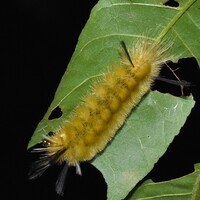 | Recorded by: David George, Jeff Niznik on 2023-09-04
Orange Co.
Comment: |  | Recorded by: Stephen Hall on 2023-08-18
Orange Co.
Comment: |
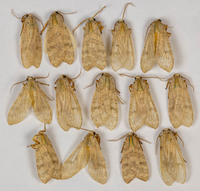 | Recorded by: Stephen Hall on 2023-08-18
Orange Co.
Comment: |  | Recorded by: David George, Stephen Dunn, Jeff Niznik on 2023-08-18
Caswell Co.
Comment: |
 | Recorded by: Jim Petranka on 2023-08-17
Madison Co.
Comment: | 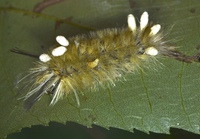 | Recorded by: Stephen Dunn on 2023-08-14
Orange Co.
Comment: |
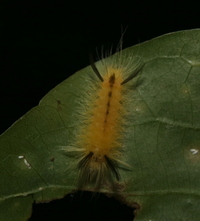 | Recorded by: David George, Jeff Niznik on 2023-08-14
Orange Co.
Comment: |  | Recorded by: David George on 2023-08-13
Orange Co.
Comment: |
 | Recorded by: David George, Becky Watkins on 2023-08-06
Orange Co.
Comment: |  | Recorded by: Travis McLain on 2023-07-30
Cabarrus Co.
Comment: |
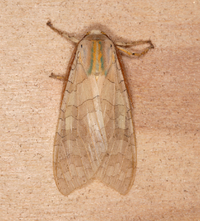 | Recorded by: Jim Petranka and Becky Elkin on 2023-07-27
Buncombe Co.
Comment: | 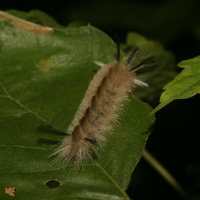 | Recorded by: David George, Jeff Niznik on 2023-07-24
Orange Co.
Comment: |
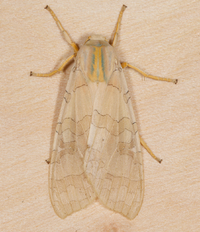 | Recorded by: Jim Petranka, Becky Elkin and Tony McBride on 2023-07-23
Madison Co.
Comment: |  | Recorded by: David George, Stephen Dunn, Jeff Niznik on 2023-07-13
Orange Co.
Comment: |
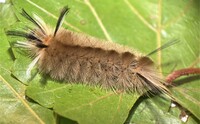 | Recorded by: Dean Furbish on 2023-07-02
Wake Co.
Comment: | 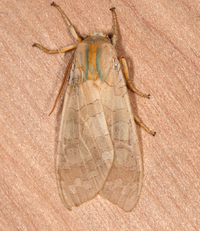 | Recorded by: Jim Petranka and Becky Elkin on 2023-06-25
Buncombe Co.
Comment: |
 | Recorded by: Jim Petranka and Becky Elkin on 2023-06-24
Buncombe Co.
Comment: | 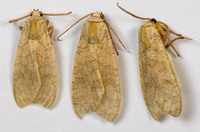 | Recorded by: Stephen Hall on 2023-06-18
Orange Co.
Comment: |
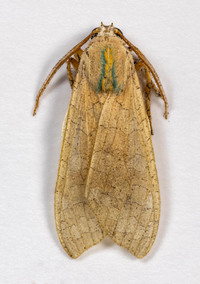 | Recorded by: Stephen Hall on 2023-06-18
Orange Co.
Comment: | 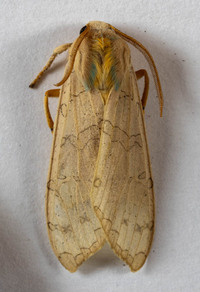 | Recorded by: David George on 2023-06-16
Avery Co.
Comment: |
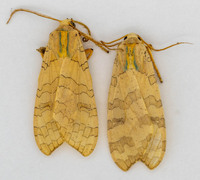 | Recorded by: Stephen Hall on 2023-06-14
Orange Co.
Comment: | 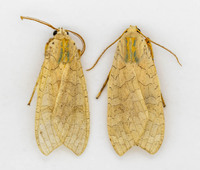 | Recorded by: Stephen Hall on 2023-06-14
Orange Co.
Comment: |
 | Recorded by: Jim Petranka on 2023-06-06
Madison Co.
Comment: |  | Recorded by: Stephen Hall on 2023-05-23
Orange Co.
Comment: |
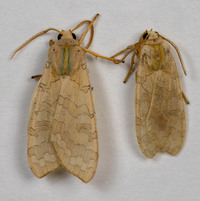 | Recorded by: Stephen Hall on 2023-05-23
Orange Co.
Comment: |  | Recorded by: Stephen Hall on 2023-05-23
Orange Co.
Comment: |
|